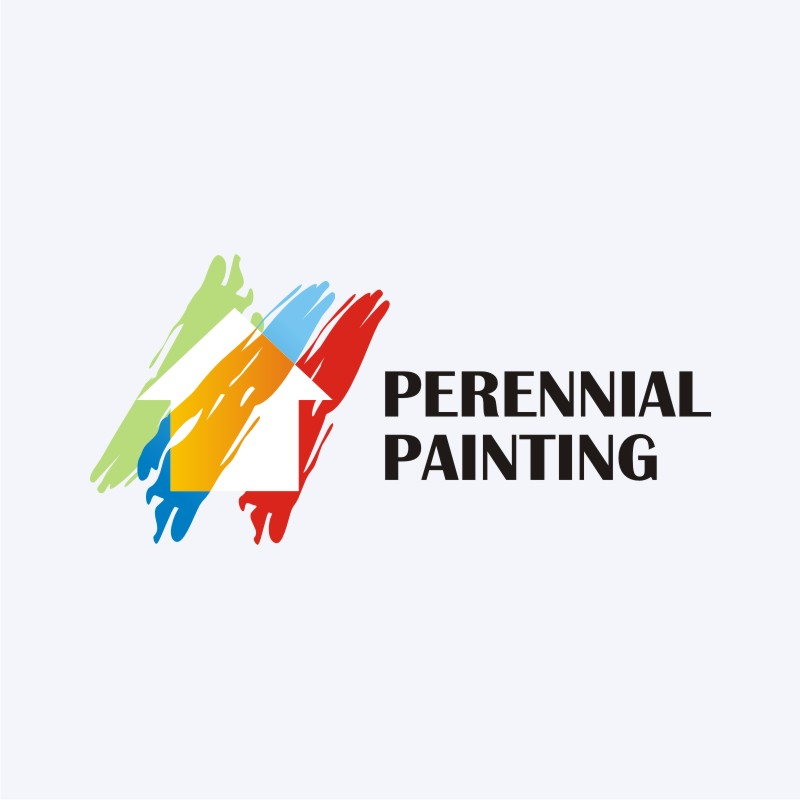The Influence Of Climate Condition On Commercial Exterior Painting: Secret Considerations
The Influence Of Climate Condition On Commercial Exterior Painting: Secret Considerations
Blog Article
Web Content Writer-Welsh Kidd
When you're preparing a business exterior paint project, don't ignore the influence of weather on your results. You require to consider variables like temperature level, humidity, and rainfall, as they can make or break your paint task. For instance, did you recognize that ideal conditions call for specific temperature ranges and moisture levels? Stopping working to monitor these aspects can lead to unequal coatings or even damage to fresh paint. Comprehending these components is essential to attaining a long-lasting, expert end result. So, what details weather conditions should you be wary of?
Temperature level Considerations
When it comes to industrial outside painting, temperature plays a crucial role in the result of your project. If you're painting in severe warmth, the paint can dry out also rapidly, leading to issues like poor attachment and irregular finishes. You want to aim for temperatures between 50 ° F and 85 ° F for the very best outcomes. Below 50 ° F, paint might not heal properly, while above 85 ° F, you risk blistering and splitting.
Timing painting services with the appropriate temperatures is crucial. Begin your work early in the early morning or later in the afternoon when it's cooler, specifically during warm months.
Likewise, take into consideration the surface area temperature level; it can be considerably more than the air temperature, especially on bright days. Use a surface area thermometer to check this before you begin.
If temperature levels are unpredictable, watch on the weather forecast. Unexpected temperature drops or warm front can derail your plans. You do not want to start painting only to have the conditions change mid-project.
Humidity Levels
Humidity levels considerably impact the success of your commercial external painting task. When the humidity is too high, it can prevent paint drying and healing, resulting in a range of concerns like inadequate bond and finish high quality.
If you're preparing a task throughout moist conditions, you may discover that the paint takes longer to completely dry, which can expand your task timeline and increase costs.
Alternatively, low humidity can likewise present difficulties. https://www.finehomebuilding.com/project-guides/painting/on-site-spray-finishing may dry out too promptly, stopping correct application and leading to an uneven coating.
You'll intend to keep track of the humidity levels carefully to guarantee you're working within the perfect array, generally between 40% and 70%.
To get the best outcomes, think about making use of a hygrometer to determine humidity prior to beginning your project.
If internal door painting service locate the levels are outside the optimal variety, you might need to adjust your timetable or choose paints made for variable conditions.
Always get in touch with the maker's standards for particular referrals on humidity resistance.
Rainfall Effect
Rain or snow can significantly interrupt your industrial external paint strategies. When precipitation happens, it can get rid of fresh applied paint or develop an irregular surface. Ideally, you want to pick days with dry weather condition to make certain the paint sticks appropriately and treatments efficiently. If you're captured in a shower, it's finest to halt the task and await problems to improve.
Furthermore, snow can be even more detrimental. Not just does it develop a damp surface, however it can additionally decrease temperature levels, making it hard for paint to dry. This can bring about problems like peeling off or blistering down the line.
It's critical to inspect the weather prediction before beginning your job. If rainfall or snow is predicted, think about rescheduling.
Constantly remember to permit adequate drying out time in between coats, especially if the weather continues to be unforeseeable.
Conclusion
To conclude, watching on the climate is necessary for an effective industrial outside painting project. By keeping track of temperature level, humidity, and precipitation, you can guarantee the most effective conditions for application and treating. Remember to prepare your job around positive weather condition and constantly follow manufacturer standards. With the right technique, you'll accomplish a long-lasting, beautiful finish that can hold up against the elements. Do not let the climate catch you unsuspecting-- remain educated and paint clever!
